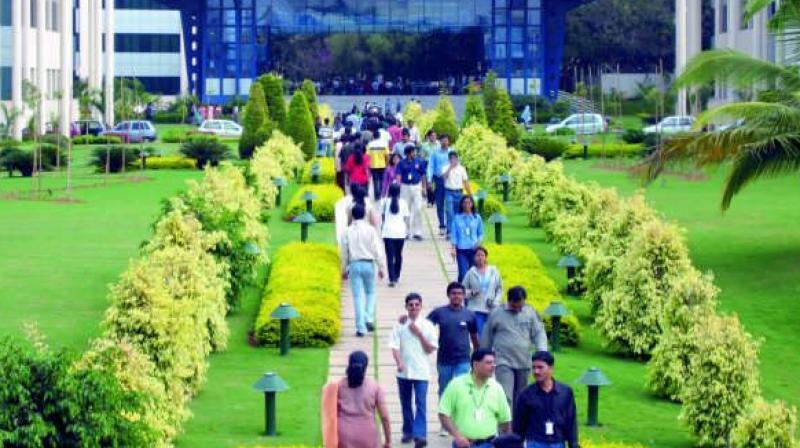No public in Public Garden? That's what Nizam wished

Hyderabad: The Public Garden in the heart of Hyderabad is a unique public space that houses an ensemble of Asaf Jahi buildings — the Assembly building (Town Hall), the Telangana State Archaeology Museum, the Silver Jubilee Pavilion, and the Royal Mosque — while also serving as a haven for morning walkers. But few would know that the last Nizam, Mir Osman Ali Khan, at one point, wanted Bagh-e-aam to be closed to the general public.
In 1938, the Nizam commanded that the public access to the Public Garden be fully stopped as it housed important state buildings. The garden then had a small zoo and hosted the annual industrial exhibition or the Numaish. Following the diktat, it was decided to shift the zoo to a new location and the exhibition to a site near the Moazzam Jahi Market. The Nizam’s executive council suggested that the land below the Hussainsagar, better known as the Lower Tank Bund Road, would be good for developing a new public garden, including the zoo.
In 1939, on the advice of the executive council, the Nizam appointed a committee of doctors to “report whether the site selected would be healthy for the people” given the malaria prevalence in the area. The committee members were Dr Hyder Ali Khan (director of the medical department), Dr K.N. Waghrey (principal medical officer, Regular Forces), Dr Chenoy (municipal health officer), Dr B.K. Das (professor of zoology, Osmania University) and Meher Ali Fazil (superintending engineer).
The panel found that “when improved and made healthy, the road below Hussainsagar would become quite suitable for a public garden and will add to the improvement of the city and will also mitigate the malaria and mosquito nuisance in Hyderabad and Secunderabad.”
The report said that malaria experts had previously suggested improving and canalising the area to control malaria. It suggested that a large area, including wet cultivated land beyond Dhobi Ghat, should be acquired for improvement.
The City Improvement Board (CIB), established to rebuild Hyderabad after the 1908 Musi floods, was tasked with developing the new site. The Board identified 240 acres to be acquired and improved at an estimated cost of Rs 7.5 lakh.
Meanwhile, the Second World War started and the Nizam extended full support to the Allied Forces. Theodor Tasker, revenue nember in Nizam’s Executive Council, proposed that all ‘non-essential’ works of CIB be stopped “for reducing the demand upon material and engineering staff both of which are required for defence purposes.” Moreover, he said, the reserve or pending work would be useful to provide employment “when demobilisation and economic depression come” after the war. As a result, 14 major ongoing city improvement projects came to a halt.
The finance department in 1942 approved Rs 6 lakh for the acquisition of land for the zoo but asked CIB to repurpose unspent funds from its kitty. The work could not be taken up due to the government's decision to put on hold all ‘non-essential’ spending during the war period. PWD Member Nawab Zain Yar Jung argued in the CIB meeting in June 1942 that land acquisition should not be delayed as land prices in the area were shooting up.
The matter was reconsidered by the board, which appealed to the finance department in March 1944 “to provide funds immediately for the acquisition of 240 acres of land below the Hussain Sagar Tankl Lake for the sanctioned scheme of Public Gardens, Zoo and Athletics Grounds as there are encroachments around the area, and when acquisition will be taken up after the War it will be found very costly top acquire newly built properties on the land to be acquired.”
The finance department responded by saying CIB could acquire the land but no work should be initiated until after the war, according to declassified documents of the Hyderabad government.
After the nod from the government, CIB resolved that the land be acquired at once and requested the revenue department to apply the Sanitary Powers Act (Aine Iqtiyarat Hifzan Sehat) to stop all building activities below Hussainsagar, including Domalguda, Daira and Gaganmahal area.
Even after the war ended, the project was delayed and only part of the land could be acquired. The Public Gardens remained accessible to the public, while the zoo enclosures were shifted to a new site abutting the Mir Alam Tank, much after Hyderabad was integrated with India in 1948. For long, Hyderabadis referred to the new zoo (named Nehru Zoological Park in 1963) as Naya Bagh-e-Aam or the New Public Gardens.

